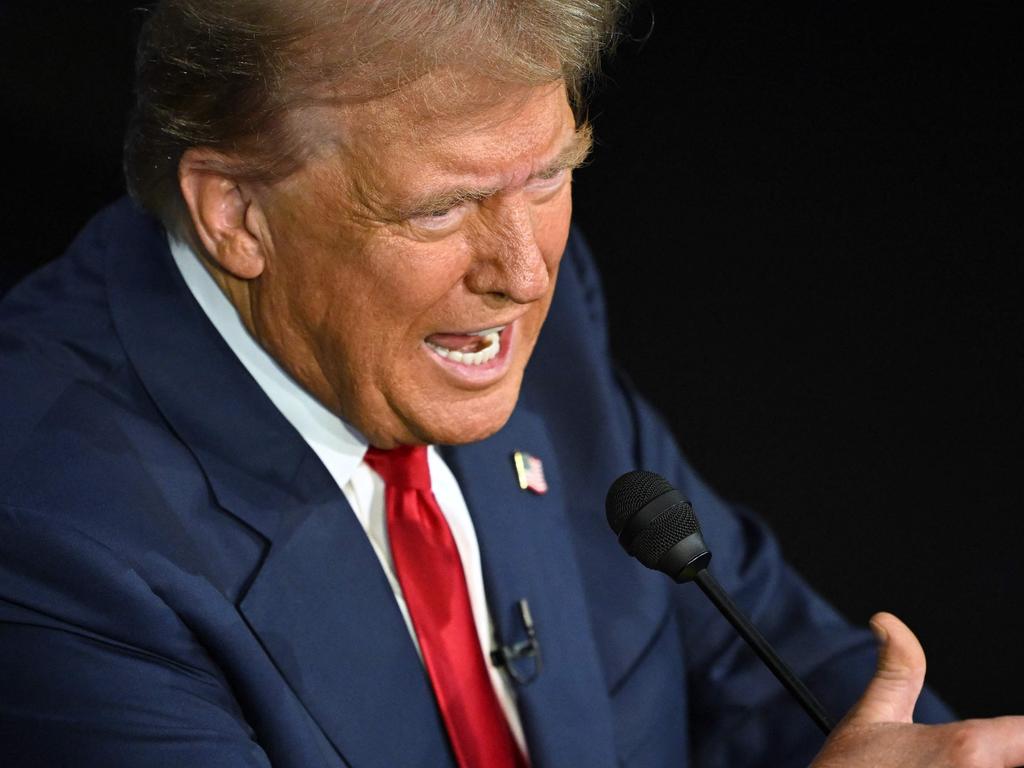As we move through a swiftly changing politics landscape, a fresh era of activism is developing, defined by voices that seek attention and action. The rise of autonomous political movements indicates a considerable shift in public sentiment, as voters seek alternatives to established party lines. With the countdown to the 2025 election in progress, people and organizations are rallying to influence the outcomes, demonstrating the power of grassroots movements in molding the political narrative.
Against this backdrop, critical issues are grabbing the public's concern. From the upcoming Supreme Court decisions that could redefine rights and liberties to debates over climate change and foreign policy shifts, the stakes have never been higher. As a mixed coalition of voters, especially the youth, is starting to assert their power, the dynamics of power in Washington are evolving. As we dig deeper into these pressing topics, we will analyze the implications of these shifts for democracy, governance, and the future of activism in America.
The Evolving Political Landscape
The political landscape in the America is experiencing a remarkable transformation. Amidst the rise of independent voters and the shifting priorities of voters, traditional party lines are becoming increasingly blurred. This change is driven by a growing disillusionment with the two-party system, as many Americans seek new voices that resonate with their values and concerns. The upcoming 2025 election serves as a crucial test for this new political era, disrupting established norms and offering an opportunity for fresh perspectives.
As we near the 2025 election, the youth vote arises as a key factor. Young voters are highly mobilized, fueled by issues such as environmental concerns, social justice, and financial disparity. Their influence could have a significant impact on election outcomes, as they wield the power to sway swing states and challenge traditional voting patterns. This demographic shift underscores the importance of understanding the priorities of younger generations and how they shape the political discourse.
In D.C., new alliances are forming, blurring the lines between party loyalty and common interests. In the face of increasing polarization, some legislators are finding consensus on issues like budget reform and climate action, leading to unexpected partnerships that could alter the dynamics within Congress. The question remains whether these coalitions signal a trend toward bipartisanship or simply a temporary response to the urgent challenges of the moment. With the evolution of political strategies and alliances, the possibility for change in the U.S. governance is greater than ever.
Key Issues for the 2025 Election
As the upcoming vote approaches, several significant topics are shaping the political arena. The youth vote is becoming as a key force, with young voters increasingly engaging in the voting process. Their concerns often include environmental issues, equity issues, and reform in education, indicating a potential shift in long-standing voting behaviors that could change election outcomes. https://politicalpotatoes.substack.com/ who successfully tackle their priorities may gain crucial backing.
Amid growing worries about the integrity of the electoral process, apprehensions of tampered elections are resurfacing. As tech continues to develop, so do strategies of misinformation and manipulation. Voters are being urged to be watchful and aware as campaigns move through a landscape fraught with possible risks. Openness in election funding and the role of super PACs are also under scrutiny, with many calling for reforms to reduce their influence.

Additionally, the political divide in Congress is becoming more obvious, raising questions about the feasibility of collaboration between parties. New coalitions are being formed, with unexpected groupings emerging on different issues, from medical care to international relations. As candidates get ready for the upcoming election, the ability to navigate this challenging environment and bring together differing opinions could be pivotal in shaping lawmaking priorities and public opinion.
New Developments and Obstacles
The political scene is quickly evolving, marked by a shift towards independent candidates gaining support. As established party divisions fade, more voters are moving towards alternatives that disrupt the status quo. This change signals a new phase in politics, where independents could play a major role in influencing the outcomes of future elections, particularly the 2025 election season. The dynamic nature of this shift raises significant questions about affiliation with parties and the power of grassroots movements seeking to increase a range of voices.
The youth vote is becoming more and more pivotal as the younger generation engage in social activism and express their political opinions. Their concerns, which often include climate action and fairness, could alter political strategies for the upcoming elections. Candidates who align with and reflect these priorities may find themselves at an upper hand. However, the difficulty lies in mobilizing this young voter demographic reliably, as previous elections have shown their turnout can change dramatically.
Moreover, the rise of fake news and the influence of strong lobbyists pose notable challenges to the integrity of politics and public trust. As voters deal with a complicated information landscape, distinguishing truth from lies becomes paramount. The technology industry's role in shaping narratives and political agendas also complicates the political dialogue, raising issues about openness and responsibility in policy-making. Addressing these issues will be important for protecting the principles of democracy and ensuring that political activism translates into substantial political transformation.
